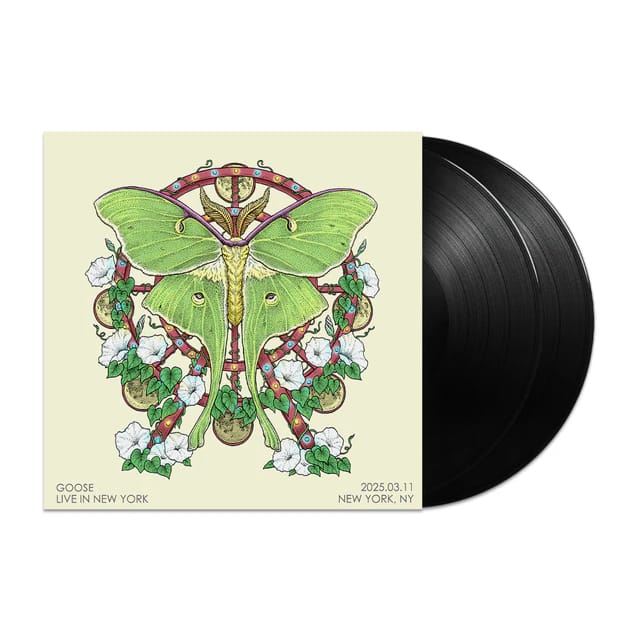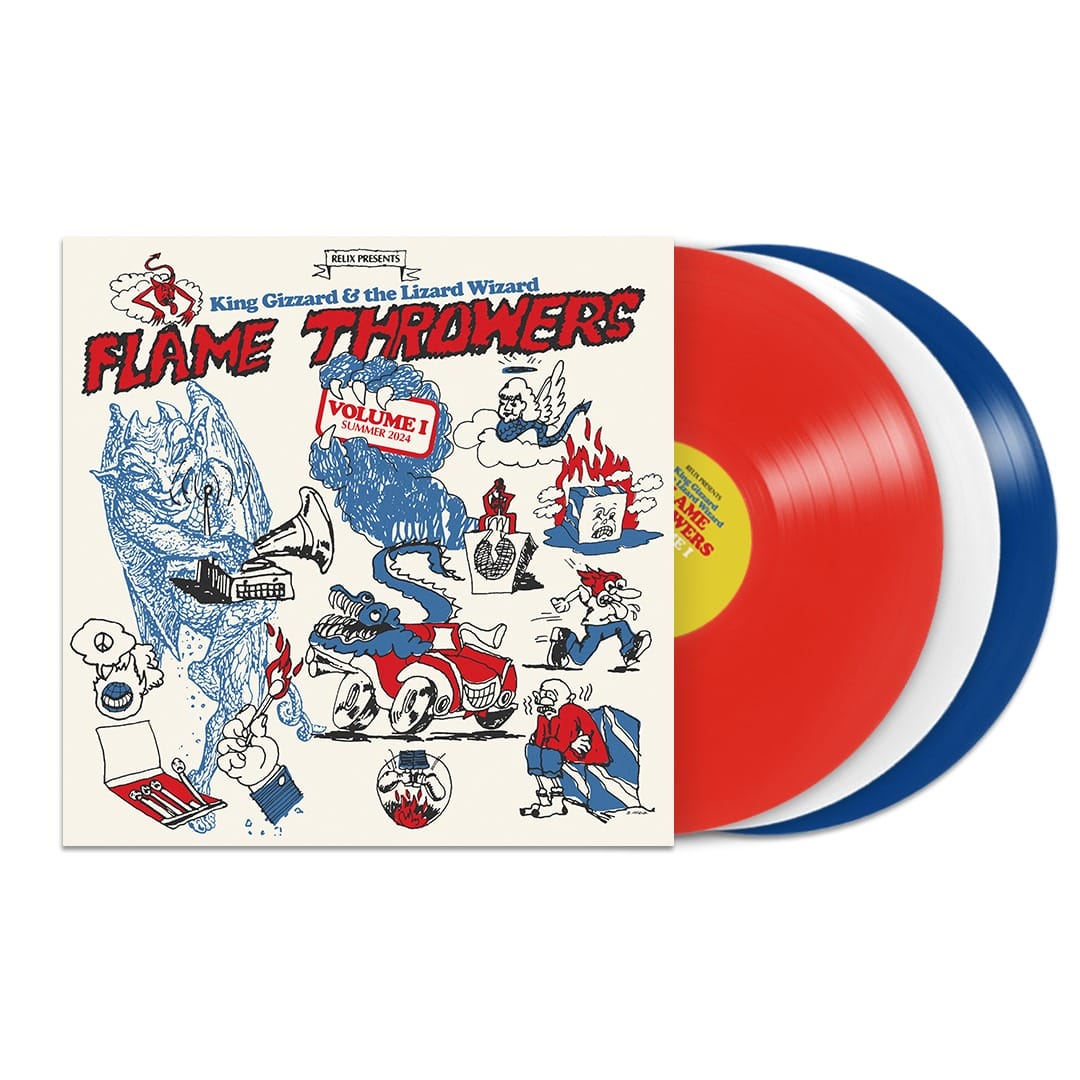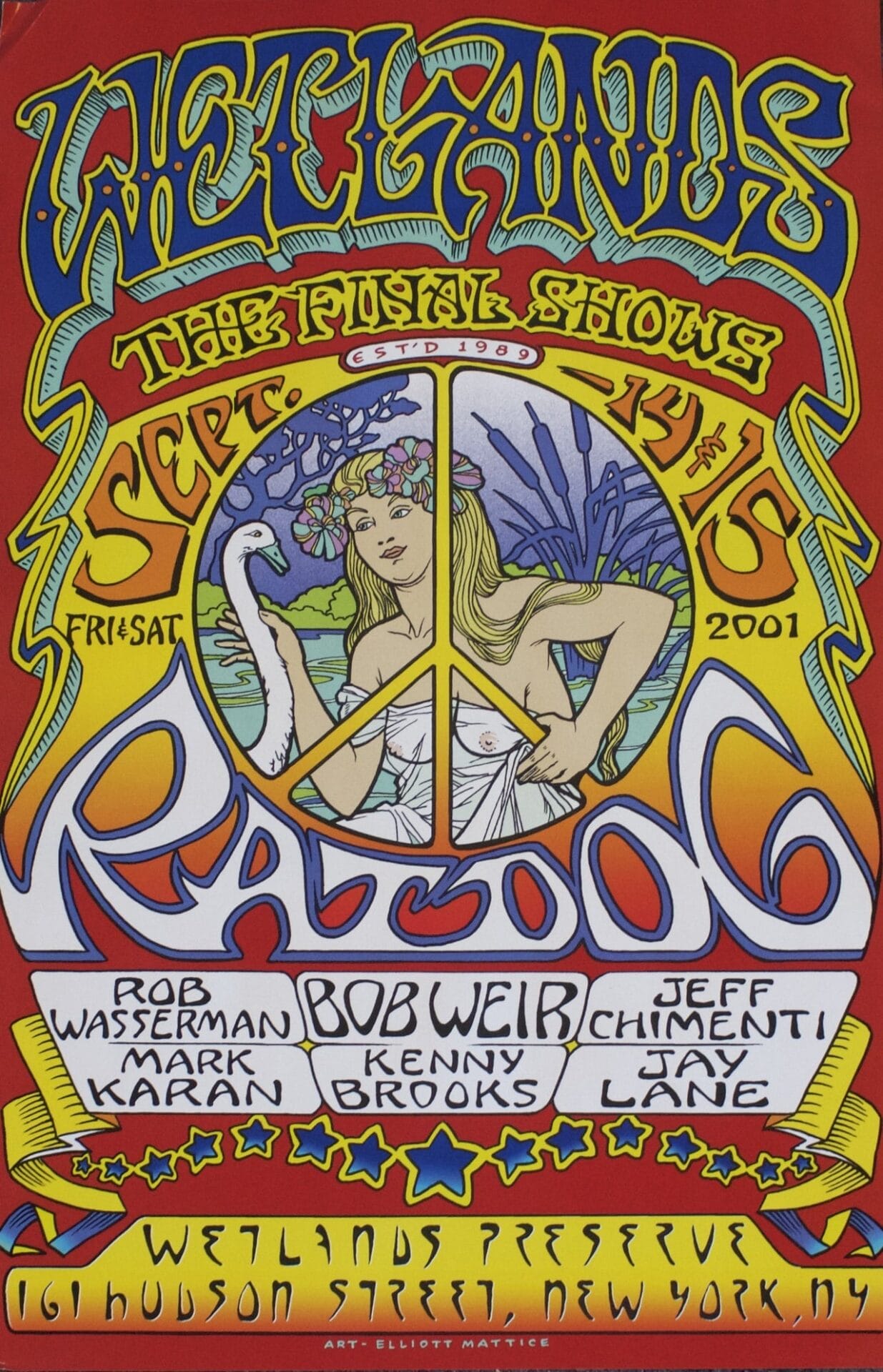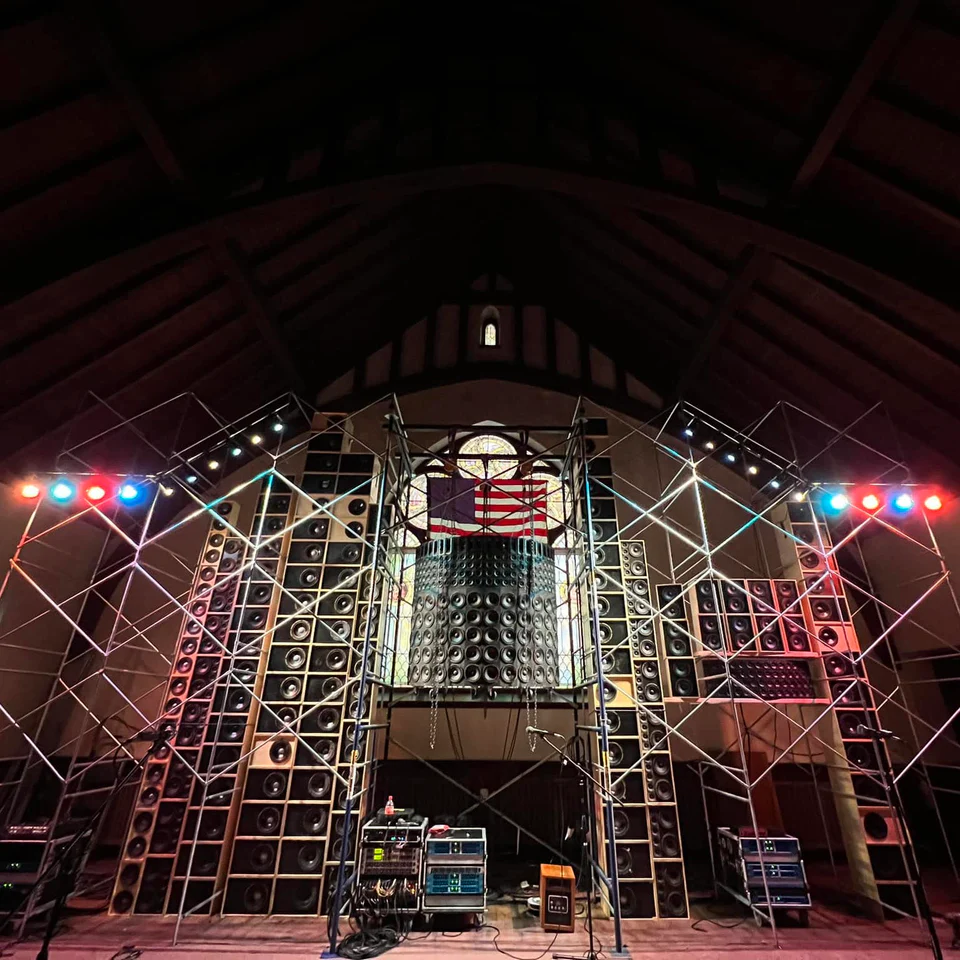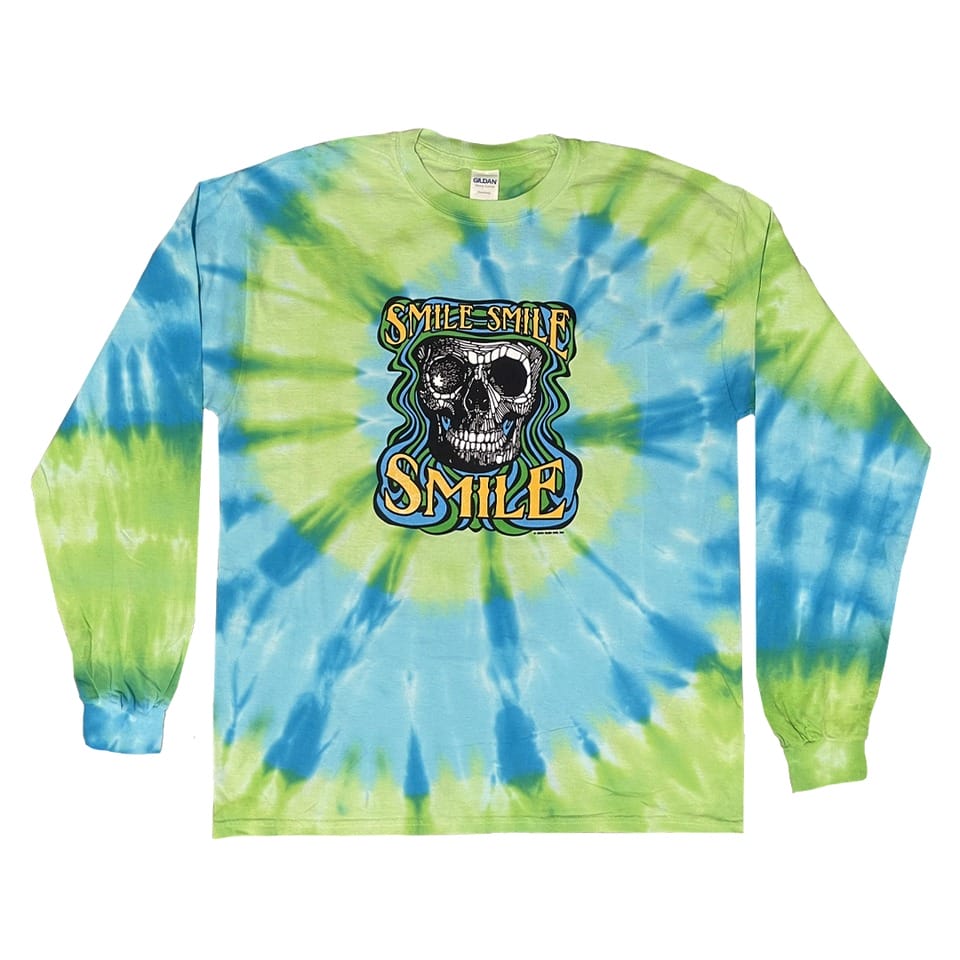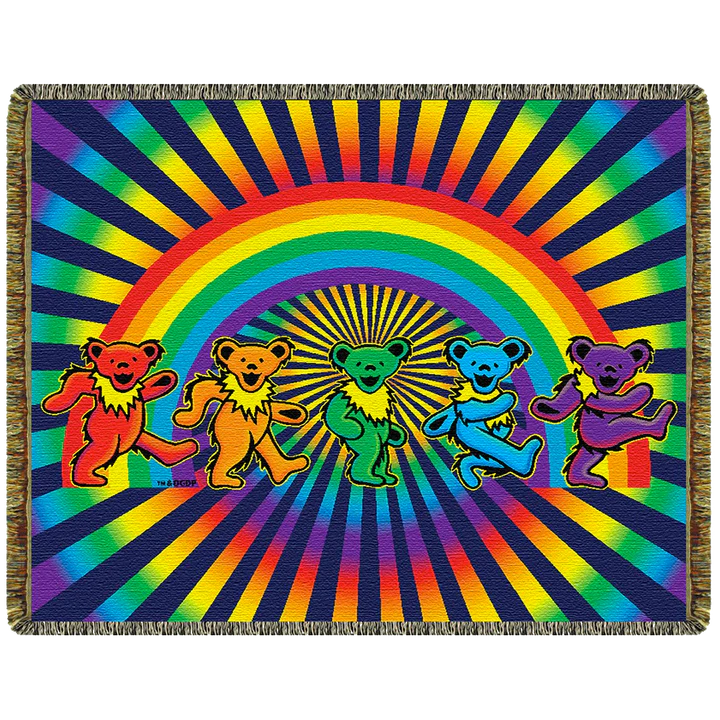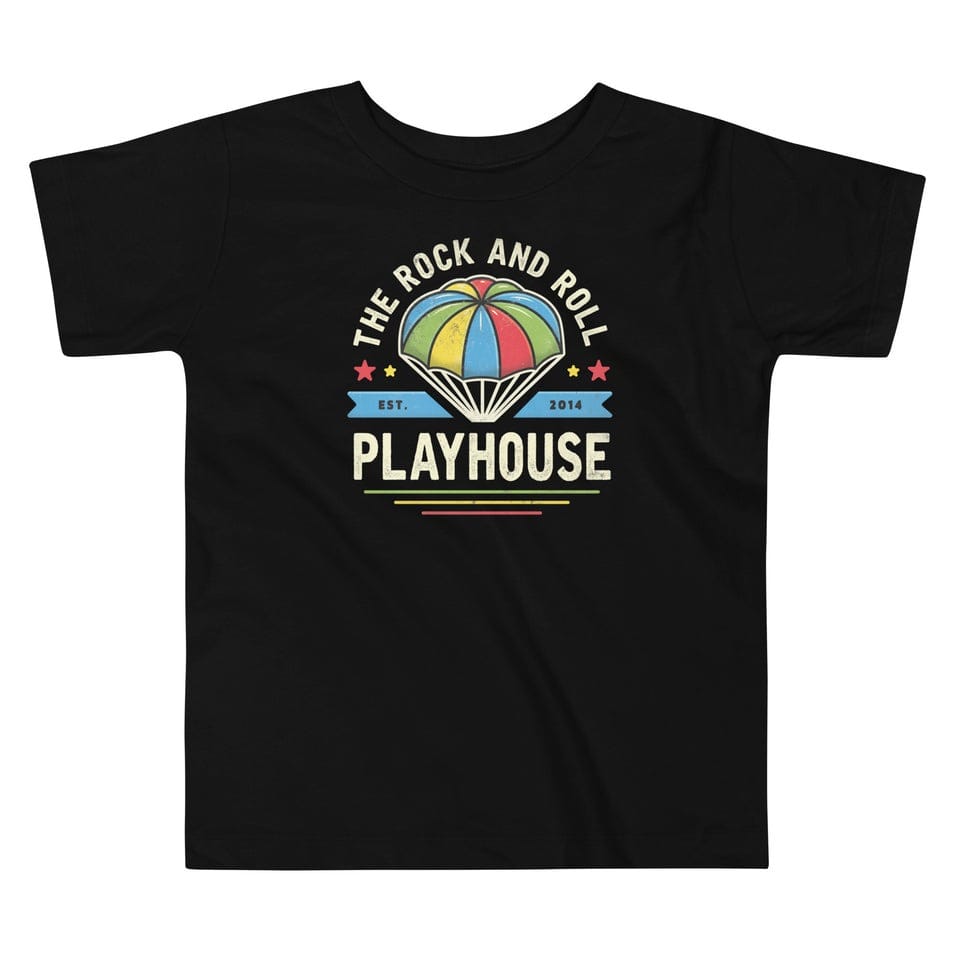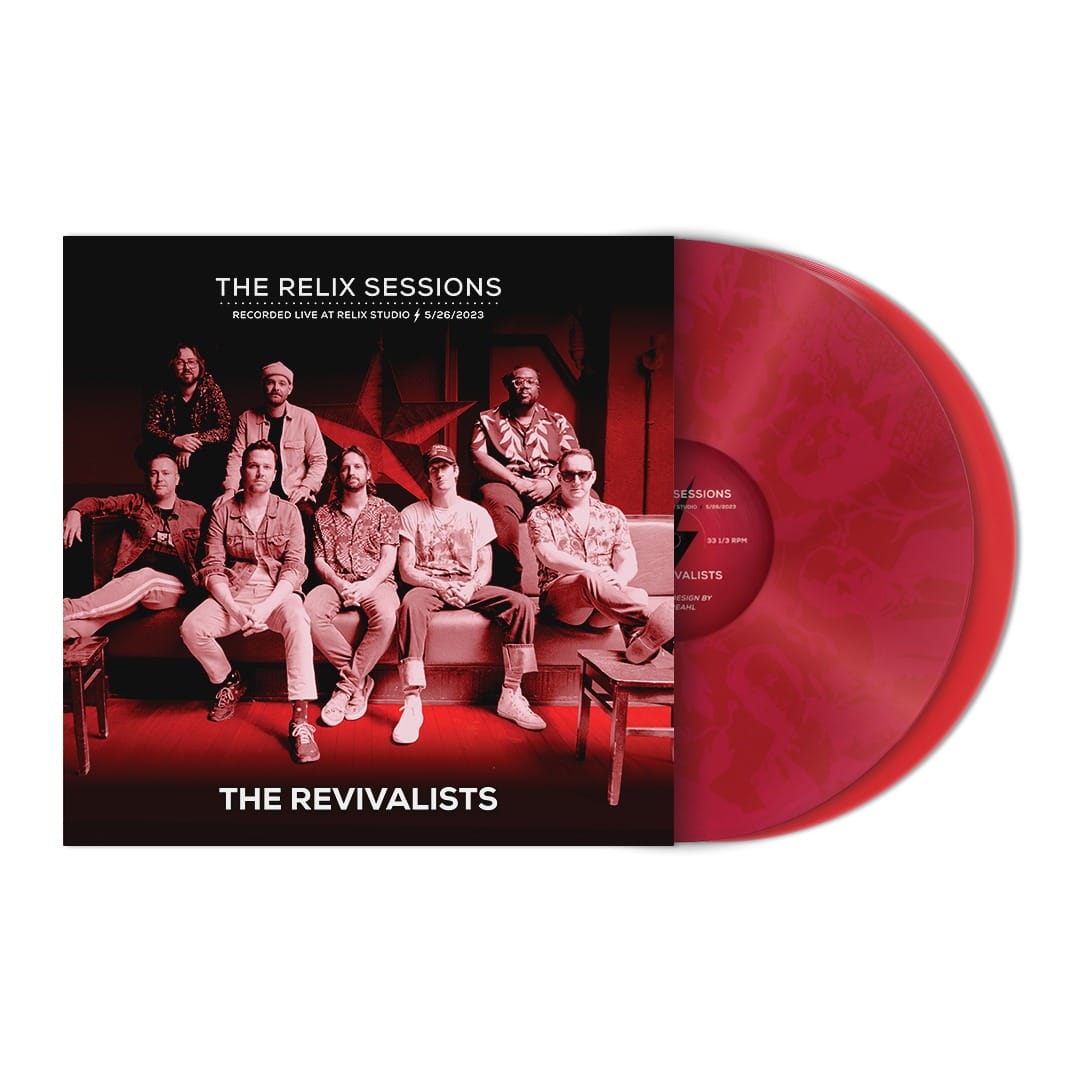The Doobie Brothers: Road Scholars
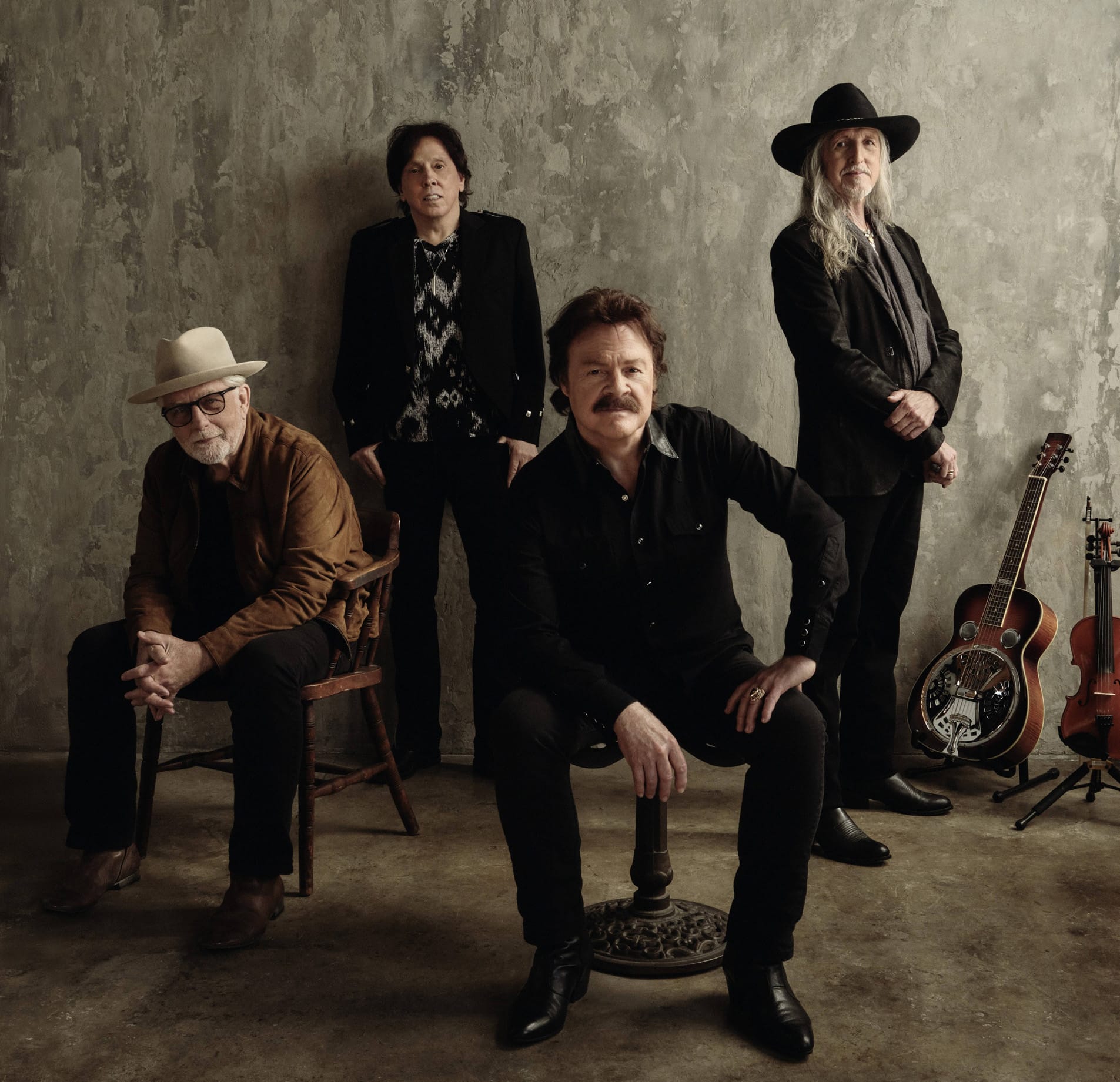
Photo credit: Clay Patrick McBride
***
In early June, The Doobie Brothers released their latest record, the warm and winsome Walk This Road. Although this is the 16th studio effort from the group, it represents a new juncture in the storied band’s history. For the first time ever, founding vocalists Tom Johnston and Patrick Simmons are joined by Michael McDonald for an entire album.
Following the band’s formation in 1970, they achieved acclaim as a lively roots rock act known for melodic hooks, bright harmonies and instrumental chops. Five years later, Johnston stepped away for health reasons and McDonald entered the fold, adding a pop sensibility to the guitar driven rock core. The Doobies disbanded in 1982 and when they returned a half-decade later, Johnston was back on board, while McDonald pursued a solo career.
All told, The Doobie Brothers have sold nearly 50 million albums and recorded 16 Top 40 singles, while their dynamic live show has endeared them to fans across the globe. In recognition of these achievements, the band entered the Rock and Roll Hall of Fame in 2020.
A projected 50th anniversary tour with all three lead singers was postponed due to COVID, but the shows finally took place after a year’s delay with Johnston, Simmons, McDonald and longtime member John McFee reconnecting and elevating the sound.
The Doobie Brothers’ latest outing, which kicks off in August, comes hot on the heels of the new album release and the recent induction of Johnston, Simmons and McDonald into the Songwriters Hall of Fame.
Here, the core four Doobies share their thoughts on walking the road together through the years.
Michael McDonald, Tom Johnston and Patrick Simmons shared a memorable evening on June 12 at their Songwriters Hall of Fame induction.
MICHAEL MCDONALD: It was really great to see a lot of people I hadn’t seen in maybe 20 years—some of the other writers I’ve met before and even worked with back in the day, like The Beach Boys. I was also running into people I’ve never met that I wouldn’t meet under any other circumstances.
I’d never crossed paths with Tony Macaulay, although I’ve always been a big fan of his songs. He told some funny stories at the podium about seeing the effect that his songs had on people. One time he was in the men’s room, and a guy was whistling “Build Me Up Buttercup” from the stall. Tony was washing his hands, and he called out, “I wrote that song.” Then after an awkward pause, a voice said, “You did not.” He answered, “I did” and the voice asked, “What’s your name?” So Tony told him his name and added, “I’m the lyricist. I wrote the words to this song.” Then the guy responded, “Well, I’m not whistling the lyrics.” [Laughs.]
TOM JOHNSTON: You look at the people who are already in the Songwriters Hall of Fame, and you realize that you grew up listening to their songcraft—people like The Beatles or Holland-Dozier-Holland or Little Richard. It’s all over the map and everything in between. It’s just amazing to be asked to be part of that. It’s a huge compliment.
At the same time, it’s humbling because a lot of these people I looked at with the utmost respect. The night we went in, you also had George Clinton, Mike Love from The Beach Boys and Rodney Jerkins, who does gospel stuff in hip-hop—he was a nice cat, I’d never met him before. There were also a lot of songwriters at the event, so it was pretty wild to be asked.
PATRICK SIMMONS: When we got there, there were so many writers—some people I knew, some people I wasn’t aware of their brilliance. Everybody was so nice. It’s more than just a Hall of Fame thing; it’s a club.
When you start meeting all these people who wrote these songs, you recognize that they built careers above and apart from the charismatic cult of personality that a singer or artist brings to the table. It’s mystical in a way, and everybody said the same thing— that it comes stream of consciousness from they know not where.
It’s very humbling because we were inducted with this guy Ashley [Gorley]. I think he wrote 80 No. 1 songs and I’m sitting there thinking, “Well, I wrote one; Mike wrote one.” [Laughs.] Our thing was that we were a band of guys who composed these songs and put them together, while pretty much everybody else were individuals. So we were a little bit of our own class.
Johnston reflects on the covers of his songs that he’s most enjoyed over the years.
TJ: “Listen to the Music” and “Long Train Runnin’” are two that come to mind. There have also been a few mash-ups where people stuck our music with somebody else’s music, like Daft Punk. The Isley Brothers and Candi Staton both did killer versions of “Listen to the Music.” That made me feel great, to be honest with you. One of largest compliments you could hope to get is when somebody that you were really into decides to cover your song. I was a fan of theirs, and then to have them cover the song was pretty neat.
In 2015 at LOCKN’, The String Cheese Incident interpreted some Doobies favorites during a collaborative set dubbed The Doobie Incident.
JOHN MCFEE: We enjoyed working with those guys and it was like a big jam, which is always fun. There’s a commonality there that’s part of the musical brother hood. I’m looking forward to working with The Coral Reefer Band on this upcoming tour in a similar way. When we’re out there with those guys, I’m sure it’s going to be one of those kinds of things where there’s a real camaraderie and everybody’s trying to deliver some fun and good music.
Multi-instrumentalist McFee became a Doobie in 1979 and shares his approach to interpreting classic songs in the live setting.
JM: I’ve been with The Doobie Brothers for about 45 years, but I’m still the new guy. [Laughs.] That’s how I feel about it. They were doing just fine before I came along.
So there’s a lot of material where I try to be true to what made the recording and arrangement work when it was in its original form. At the same time, though, I’m my own person and my own player, and if there’s something that occurs to me that I think could help, I’ll try it, as long as it really fits. It’s got to be true to the original.
It’s a group with so many hits—really recognizable songs—and I don’t want to be playing something that makes people say, “What the heck is that guy doing? That’s not how it’s supposed to go.” But if the ideas that occur to me are not exactly like the original, I do feel like it’s OK for me to still try and see what will work. With certain songs like “South City Midnight Lady,” where the pedal steel on the original was pretty rudimentary, I thought, “I can play some things that would enhance this and move it along a little more.” So that’s one I enjoy because I do get to play a little bit more of my own approach rather than what happened on the record.
I think the public understands that music is supposed to be an ongoing, living, breathing, creative process. I don’t think they want us to go out and try to be, note for note, exactly like the recording every night. But it has to feel right, and I think we do a pretty good job of that.
I think that the group as whole really brings it. We don’t just go out there and phone it in or go through the motions. We’re trying to put some genuine feel and energy into it. We owe it to the audience to do our best and that’s been a thing that I think the band is proud of. I think it should be pretty obvious to anybody who attends our concerts that it’s a real deal for us.
With Walk This Road, McDonald finally had an opportunity to record an album alongside both Johnston and Simmons.
TJ: We had the benefit of touring for the last four years together in that formation with Michael. I think that was the genesis for the idea of this album coming out with us all on it. We decided about a year ago, that it might be cool to go in and just do an EP with three or four tracks. That’s initially all we were going to do, but then we got in there and we all started writing.
MM: Before we knew it, we were doing a whole album. We could have kept going but management said to us: “Guys, in order to get this out in a reasonable amount of time before next year, you’ve got to be done now.”
We still want to see what we could come up with. So maybe that’s part of the process and groundwork for another album next year. I’d like to do another record with the Doobies. I think we’ve got another one in us, but we’ll see.
Many of the early Doobie Brothers albums were produced by Ted Templeman. With Walk This Road, John Shanks takes on that role for a second consecutive go-round after 2021’s Liberté and served as a co-writer on all the songs.
TJ: We worked with Ted for years and he was more like a traditional producer. He occasionally played timbales on a song or something, but mostly he had suggestions. John is a full-on studio musician. So when he has ideas, he can say, “Yeah, I mean something like this,” or “How about we put this little counterpart somewhere in there?” He sometimes puts on the producer hat and sits behind the board on the other side of the glass, but most of the stuff is done right there in the room. A lot of stuff happens because his perspective is more from a musician’s point of view. It’s a different approach.
Walk This Road opens with the title track, written by McDonald and featuring Mavis Staples.
MM: Mavis and I were given honorary doctorates at Berklee College of Music in Boston at the same event. I’ve always been a huge fan of the Staple Singers—Mavis and her father and the family.
When John Shanks and I wrote the song, we started out writing about the band. It was really John’s idea. He suggested the title “Walk This Road” because we have been together for so long and we’re still doing it. So we set about the task of doing that but, as we worked on the song, the lyric idea morphed into a more universal message of how, as a humanity being hurled out into the night by a higher power that exists on this little planet, we better learn to get along with each other.
It seemed to want to go that way and then, somewhere in that process, a few of us agreed that Mavis would be great on it. I had just done a gig with her a couple weeks before that. I’ve always marveled at her energy and her spirit as a musician and performer.
So when the song kind of evolved, we thought, “Wow, who is a better ambassador for this message than Mavis?” That’s what the Staple Singers have been saying from their inception—it was always about how we can treat each other better. She seemed like a natural, and when we approached her, she was very gracious and was willing to do it with us. So we lucked out.
Simmons’ “Angels & Mercy” comes next and advances a lyrical theme that recurs throughout the record.
PS: I wrote the song with John Shanks. I have a little studio here at home and I often go down there, sit with my guitar and just start experimenting. I like to write in open tunings a lot. John Renbourn, who played with Pentangle back in the ‘60s, was the first guy that really got me going in that direction. Then Joni Mitchell, David Crosby and all these folks came along. Jorma Kaukonen wrote some stuff with open tunings.
I started listening to that and I enjoyed the concept of having open strings that ring across chords that change so much. It’s kind of modal in a way, and it’s at the heart of a lot of country music and early American music—you hear it in Scottish and English music. For me, it’s really entertaining to see what odd voicings manifest themselves. You just lay your hands on a shape, put it somewhere on the neck of the guitar, and by virtue of those open strings, you come up with a completely different kind of chordal structure. I love that and I do it a lot.
So “Angels & Mercy” started out as a more modal, bluegrassy kind of a song. My vision for it was mandolins, maybe a banjo and a fiddle, for sure. Then when John and I started playing it, he heard it as a little more rocking. That’s when my little riff, which had been more of Scottish, bluegrassy riff, suddenly became heavier, more like Blind Faith.
Another genre I always reach for is the blues and the song expanded from that bluegrass thing into more of a blues. Then I love to rock, so we expanded into that, and I started thinking, “This reminds me of The Outlaws.” I wanted my guitar to sound like Hughie Thomasson on “Green Grass and High Tides.” If you listen to that song, then you’ll probably hear what I borrowed from Hughie. I love that sound, which is sort of between distorted and clean. I call it the Claptone. [Laughs.]
Of course, the song that you thought you were going to write doesn’t always end up that way. “Angels & Mercy” was going to be kind of a lighthearted, bluegrass song. I had visualized a lonely guy out in a log cabin, and it turned into more of a recovery song, which is about hope as much as anything. Hope to me is at the root of all faith, as we’re hoping that there’s something better waiting for us that we can grab onto and make our way toward that light. Although that’s getting a little deep for a little country-rock tune. [Laughs.]
On McDonald’s “Speed of Pain,” he sought to complement his fellow Brothers’ songwriting.
MM: This is one of the few things that I’ve written on guitar over the years. As far as the song goes, it was kind of a literal story. I share kind of a fellowship of sorts with some mutual friends. Everybody has their little colloquialisms, and my friend Manny always used to say, “I don’t learn anything except by the speed of pain.” In other words, “It has to hurt before I get it.” I thought, “Wow, that could be a song.” I was messing around with it on guitar for the better part of a couple years and then, when this album came up, I brought it to John and said, “Maybe there’s some merit here.”
On this album, I was trying to bring stuff that I thought would be a little more in the wheelhouse of the band, rather than some of the more pop R&B stuff that I had done in the past. For me, “Takin’ It to the Streets” was really in the band’s wheelhouse, but “Losin’ End” and songs like that, maybe not so much. So on this record, I wanted to have a musical unity with what I thought the other guys’ sensitivities were, even though the band’s songbook was always eclectic, even before I joined them.
The song itself is about how most of the things that are troublesome or the worst experiences in our lives often turn out to be our best experiences in the end. They do more to build our overall view of what’s right or wrong or what life is about than the good times do. We need that juxtaposition to really appreciate what we should be grateful for.
Simmons’ “State of Grace” originated via a David Crosby classic.
PS: This is another song about facing adversity and trying to achieve some kind of redemption or recovery from the setbacks.
I think ultimately songs are always something that you write about yourself, but then you hope that they’ll resonate with other people. You don’t necessarily see yourself though—you often see a situation like looking at a stage play or something that you’re imagining.
Again, that’s another open-tuning thing. David Crosby uses that tuning for “Guinnevere” and I asked myself: “What did David do with this?” So I started playing “Guinnevere,” and from that starting point, I eventually came up with that initial riff to the song.
Then the state of grace idea came to me. I’d been talking to somebody recently about their challenge to try to get sober. I haven’t been an addict myself—I’ve kind of been on the edge but never been to that place where I can’t live without it—so all I could say to my friend was, “If you can just not drink right now, you’re on the road, you’re on the way.” The best way to think of that, in my own head, was to reach a point where you’re in a momentary state of grace. You’re forgiving yourself. Your hope is on the future, you’re living in the moment. And in that moment, you’re not drinking. That’s as close as I could get to it.
When John and I started working on the song, I mentioned that to him and he liked the concept. Then we went from there to include other points in our lives. The idea is, no matter what kind of mistakes you make, no matter how many times you screw up, you can always start over again. You can always come back and make a new start and go forward. The only way you can do that is by taking the moment you’re in—which I’m calling a state of grace—forgiving yourself and looking for forgiveness from others, from above, from wherever you’re reaching to. You can always make better choices in the future, no matter how bad your choices have been in the past.
McDonald, who co-wrote “Lahaina” with Simmons to benefit victims of the 2023 Hawaii wildfires, welcomed the opportunity to make contributions beyond lead vocals on the record.
MM: Working on the other guys’ stuff is some of the most fun I have being a Doobie Brother in the studio. I get to do things like play accordion on Tommy’s song “New Orleans.” I enjoy calling on myself to stretch out a little bit with instruments that I don’t really play per se, but I can come up with a part on mandolin or accordion that might work on a track. It’s always a lot of fun to explore those things.
With “Lahaina,” it was pretty much an open door to doing something different than I would do on one of my own songs. We kind of went from the slack-key, very folky feeling into more of a jazz-chord progression in other parts of the song. It took on an almost jazz-ballad feeling.
It was an interesting marriage of ideas and not something I would’ve written on my own song, but it seemed to be where the song wanted to go. It opened up a door creatively. I don’t normally play synth solos on anything, so that was another kind of a thing for me that was a lot of fun.
Johnston’s “New Orleans” was a long time coming.
TJ: New Orleans is just a great place. I’ve been going there since 1971. We’ve played many shows in New Orleans, but also just being around the Quarter with the food, the atmosphere of the buildings and the music is unbelievable. As far as I’m concerned, jazz started in New Orleans along with a lot of great blues and great R&B. I also mentioned The Meters in the song.
The song started out in a completely different direction, then we flipped that. It had totally different chord changes, a different guitar lick and completely different lyrics. I did it here at home and then, when I went to record it, I said, “Let’s not go in this direction.” That’s when everything changed. It’s a fun track.
The Doobie Brothers have long been vocal about their artistic inspirations, such as Moby Grape.
TJ: I think it’s all background as you’re coming up. You hear these different kinds of music and they have an influence on you in one way or the other. Moby Grape was back in the ‘60s for me and I discovered The Meters later.
Moby Grape is just all-out rock-and-roll. They had some great ballads of an acoustic nature, but when they were rocking, I never heard anybody quite like that. They didn’t last very long at all. They were a little burst of sunshine and then they were gone. But that’s the way it worked, and they influenced everybody in this band early on. Pat was a big fan. John Hartman [the original Doobie Brothers drummer, who passed away in 2021] was a huge fan. The reason he came out to California in the first place was to try and get next to the people from Moby Grape. Then we started working together after he and I got introduced by Skip Spence—I had already been hanging around Skip a little bit.
So many people influence you when you’re coming up. I was heavy into rock and-roll, but I was really heavy into the blues and R&B as well and played it a lot when I was living in my hometown and had various bands. Essentially, those three elements—rock, blues and R&B—kind of colored where I was going with music. Later on, I tripped into folk blues and other things. But as a younger musician, they just pop up as you’re writing a song. You’ll head in that direction without really planning to. It just sort of happens.
JM: I loved Moby Grape. They were really an inspiration. I grew up playing and hearing nothing but country music. That was my dad’s style and that’s what I grew up with. So to me, it was a whole new world when The Beatles came along and people wanted me to be in their band. Then I started hearing popular music, rock-and-roll and different styles of music.
The first time I heard Moby Grape, I went, “Oh, my God, these guys are ahead of everybody.” They were incorporating all these elements that I loved because of my own background and the way I was discovering different styles of music.
So I was a huge fan of Moby Grape and I was lucky enough to be up in the Bay Area when all this was going on and I saw them perform live—they were incredible live.
When I hooked up with Peter Lewis years later and produced his first solo album, it was a labor of love and I felt an obligation to try to do a good job because of how much I admired Moby Grape. A lot of people like Jerry Miller’s song “8:05.” Well, that’s really Peter Lewis playing the beautiful acoustic lead guitar on that. Peter had some major contributions to Moby Grape and they were a big influence on The Doobie Brothers. Pat and Tom were also huge fans and were introduced to each other by Skip Spence from Moby Grape. So there’s a big connection to Moby Grape from within The Doobie Brothers, and that certainly applies to me.
McFee has a connection to another iconic Bay Area group, having performed with the Grateful Dead in the studio on “Pride of Cucamonga.”
JM: It was really cool that they reached out to me of all people to work on that. For whatever reason, they felt like maybe they needed somebody else on pedal steel for that. I think Phil had an idea for the approach he wanted for it and Jerry had said that the pedal steel is a really difficult instrument. If you don’t play it all the time, you’re not going to be able to do some things you want to do that you can hear in your head. You can’t deliver that because it requires a lot of practice and technique. I was playing a lot of steel back then and I got the call. So it was pretty cool, and they were really nice to me.
I had done a lot of stuff outside of that particular track with Mickey Hart. I’d worked with him at his barn in Novato back in those days. So Mickey and I had been close.
I have a lot of good feelings about the way those guys approached me. It’s kind of an obscure credit, and for whatever reason, I’m not actually listed on most of the printings, so a lot of people assume it was Jerry Garcia. So that’s kind of cool—people think that I’m Jerry Garcia. [Laughs.]
All in all, Walk This Road builds on ideas that resonate across The Doobie Brothers’ career.
TJ: Every song on the album has kind of a different feel to it, although you can say that the rhythm structures are similar to the ones I wrote, as with “Listen to the Music,” “Long Train Runnin’” or “Eyes of Silver.”
So in a certain respect, the throughline is probably our style of playing. Other than “Listen to the Music,” I don’t necessarily think about writing a song and trying to help the world. A lot of our songs have taken on that role, though. They’ve given people joy and buoyed their spirits. That in itself is not the responsibility of a writer, but it’s a great place to shoot for, especially right now.
PS: A lot of the songs on this record have a message of redemption. It’s nothing we planned; it’s just happenstance. If anything, the central thread that holds all of our songs together is that sense of hope that we trying to offer because of what’s going on in the world—maybe because of the age bracket that we’re in as well. [Laughs.]
MM: I think that a lot of what we say today we were saying back then. “Walk This Road” is in some ways, a slightly different perspective on “Takin’ It to the Streets.” Maybe we were a little more determined to make change by whatever means, or at least present the possibility that we need to pay attention, because we can’t just live our lives thinking that what goes on in our little world is the whole ball of wax. We have to keep making that effort to understand each other’s reality and reach across the divide that exists in our society for a better understanding and a better life collectively.




